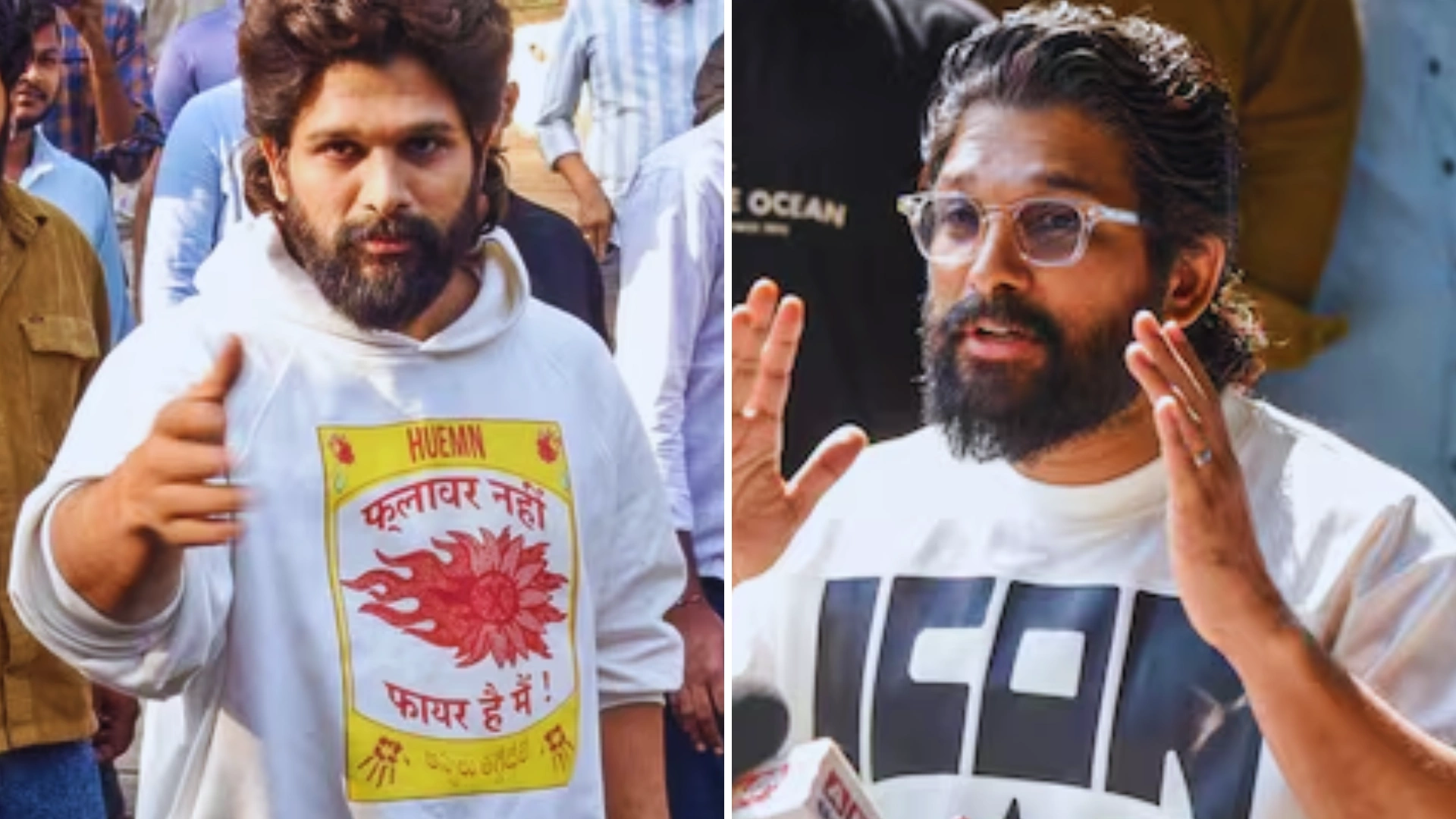Russian money that is frozen in Europe, The west wants to dig into the money and aims to give it to Ukraine as a war aid.
But tapping into Russia’s money is not as easy as it seems. This complex issue is on the agenda at this week’s meeting of finance ministers of the Group of seven wealthy democracies.
At first the United states and the European countries thought to just freeze the Russian assets but after the Finance officials from the G7 economies met in Stresa, and Italy initiating to discuss new ways of using the 620 million euros of Russia’s foreign currency reserves that were frozen by Western countries after the full-scale invasion of ukraine in 2022, the U.S. now backs the European proposal to just grab the interest that they generate.
In fact the U.S. Treasury secretary Janet Yellen welcomed the plan and on Thursday said, they should continue their “collective work on more ambitious options.”
But using the billions of dollars sitting in Western accounts faces several obstacles that have been the subject of debates by legal and geopolitical experts.
How much assets we are talking about here?
– Around two-thirds of Russia’s immobilized assests, or some 210 billion euros ($228 billion), sits in the EU, mostly at Euroclear, a Belgium-based financial institution that keeps assets safe for banks, exchanges and investors.
– Under the EU agreement, between 2.5 and 3 billion euros ($2.7-3.3 billion) of these profits will be sent annually to Kyiv. The first payment will be made in July, with 90% earmarked for arms and military equipment.
Now after months of discussions, the EU formally adopted an agreement Tuesday that taps the windfall profits Euroclear makes by reinvesting the cash generated by those assets- such as coupon payments on bonds. Western sanctions mean coupon payments and maturing assets cannot be sent to Russia.
“The EU has chosen a way forward that is legally sound, and flexible so that support can adjust to Ukraine’s most pressing needs,” European Commissioner for Trade Valdis Dombrovskis said in a statement Tuesday.
Unlike the drip feed of funding agreed by the EU, the proposal under discussion by the G7 could deliver a much bigger lump sum, immediately.
Reuters reported Yellen as saying Thursday that a figure of $50 billion had been discussed by G7 ministers but there was no agreement yet on how big the collateralized loan should be.
An even bigger cheque for Kyiv?
Apart from freezing the Russian accounts and assets, another option the West is considering is, – a so-called reparations loan.
Under this approach, Ukraine would borrow money from a group of allies, including G7 countries, and use its claim for compensation from Russia as collateral. This would allow Kyiv to access a much larger amount of money than relying on future or current profits from Russian assets.
“Ukraine has a claim against Russia for reparations — legally, that is indubitable — and it would in effect be monetizing a portion of that claim by pledging it to secure this loan from the G7,” Buchheit, the debt expert, said.
















